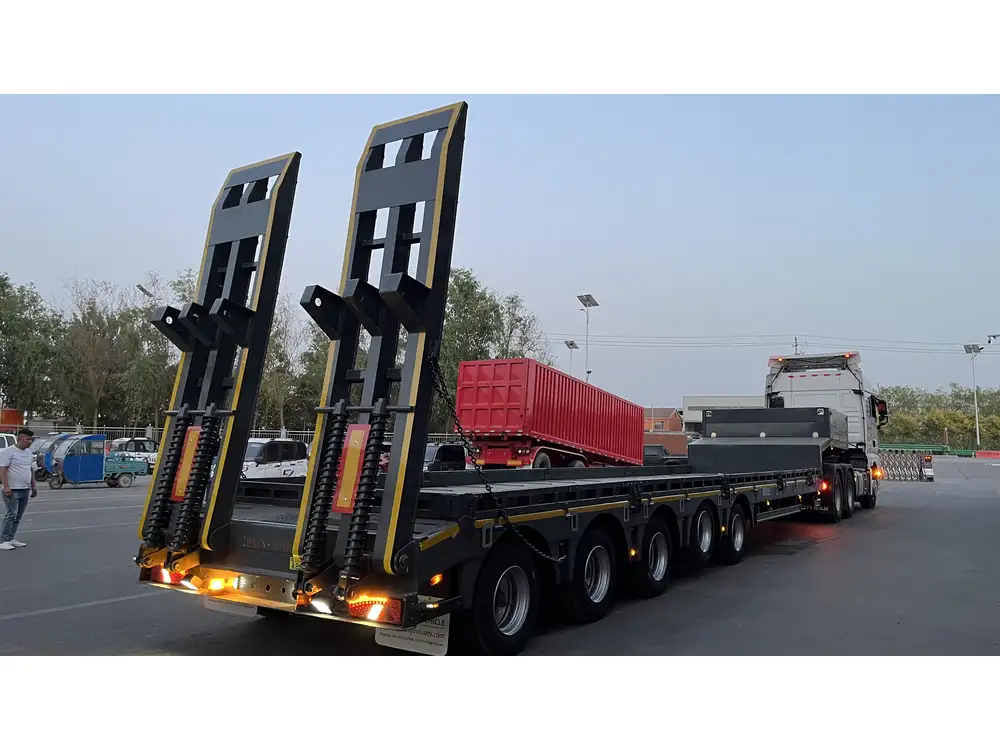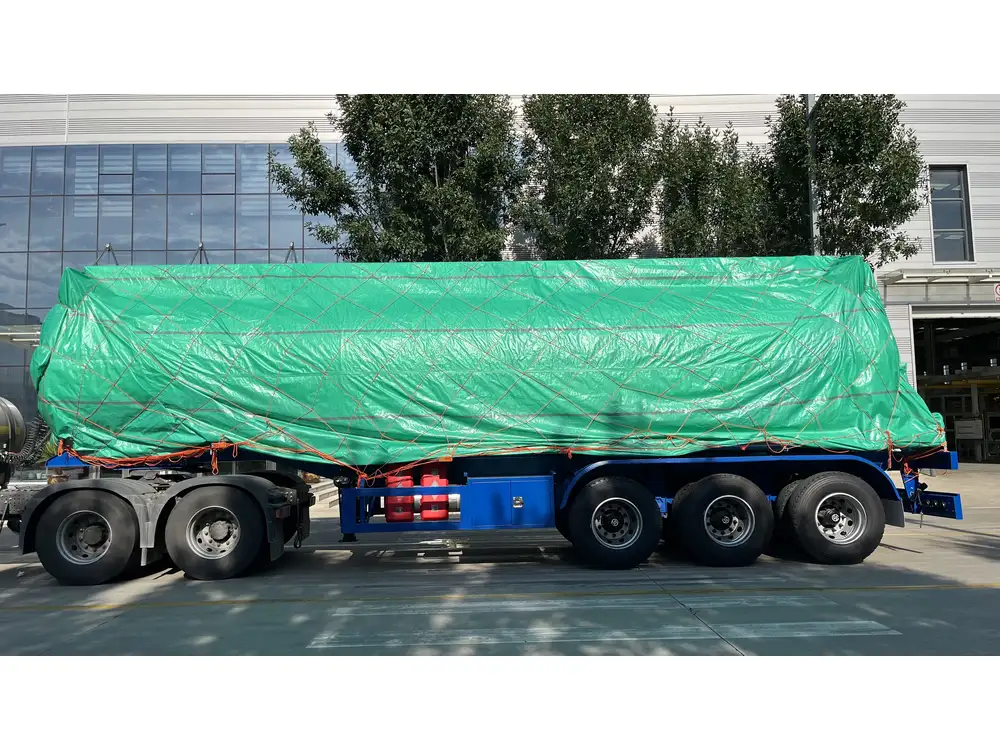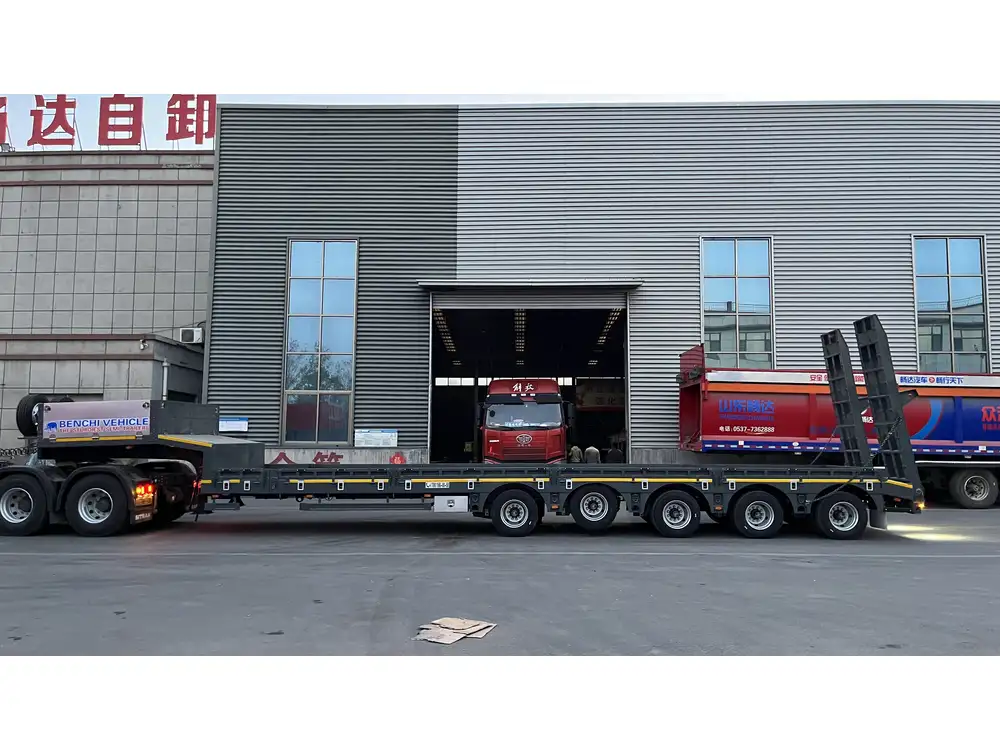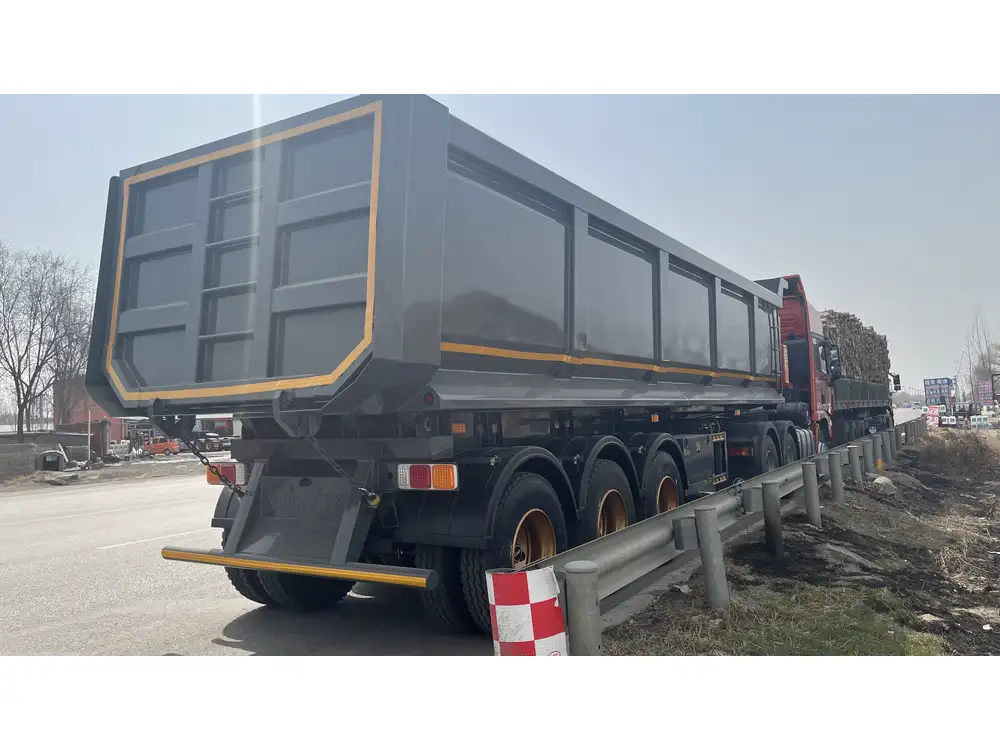Draining the fuel tank on a Multiquip generator trailer is an essential maintenance task that can seem daunting to those unfamiliar with the process. Whether you’re preparing for long-term storage, servicing the generator, or troubleshooting performance issues, understanding how to efficiently and safely drain the fuel tank can save you time and potential problems down the line.
Understanding the Importance of Draining the Fuel Tank
Draining the fuel tank can help prevent various issues:
- Contamination Prevention: Leaving fuel in the tank for extended periods can lead to algae growth and sediment accumulation, which can compromise the engine’s performance.
- Safety Concerns: Storing fuel, especially near ignition sources, poses a risk. Properly draining the tank mitigates fire hazards.
- Maintenance Needs: Regular draining can reveal mechanical issues or signal the need for repairs, ensuring your generator operates optimally.
- Fuel Quality Preservation: Older fuel can lose its volatility, leading to difficult starts and poor performance. Draining helps safeguard against this.
Preparation: Necessary Tools and Safety Gear
Before you start draining the fuel tank, gathering the appropriate tools and safety gear is crucial to ensure a smooth, safe process.

Tools Required
| Tool | Purpose |
|---|---|
| Fuel siphon pump | Efficiently removes fuel without spills |
| Fuel containers | Safe receptacles for collected fuel |
| Wrenches (if applicable) | To remove any screws or bolts |
| Funnel | To direct fuel into containers without spills |
| Clean cloths | For wiping any spills or mess |
Safety Gear
- Gloves: Protects your hands from fuel exposure.
- Safety glasses: Prevents fuel from coming into contact with your eyes.
- Respirator: Consider a respirator if working in poorly ventilated areas to avoid inhaling fumes.
Step-by-Step Procedure to Drain the Fuel Tank

1. Ensure the Generator is Off
Before performing any maintenance work, ensure that the generator is turned off and has cooled down. This prevents accidental ignition and improves safety.
2. Prepare the Work Area
- Ventilation: Ensure proper ventilation in your work area to dissipate harmful fuel vapors.
- Absorbents: Place absorbent mats or towels around the work area to catch any accidental spills.
3. Locate the Fuel Drain Valve
Most Multiquip generator trailers will have a fuel drain valve located at the lowest point of the tank. Depending on the model, you may need to refer to the owner’s manual for the specific location.

4. Position the Fuel Containers
Set your fuel containers under the fuel drain valve. Ensure they are clean and rated for fuel storage to avoid contamination and ensure safety.
5. Attach the Siphon Pump
If your model doesn’t have a built-in drain valve, you’ll need a siphon pump. Insert the siphon tube into the fuel tank and position the other end in the fuel container.
- Tip: To start the siphoning process, either pump the bulb several times or create a vacuum with your mouth (be cautious and avoid inhaling fumes).
6. Open the Drain Valve
If your trailer has a drain valve:
- Use the appropriate wrench, if necessary, to turn the valve counter-clockwise.
- Allow the fuel to flow out completely.

7. Monitor the Draining Process
Keep an eye on the fuel container as it fills up. Manage the placement to prevent overfilling and potential spills.
8. Close the Drain Valve
Once the tank is completely drained, ensure to close the drain valve tightly to prevent leaks.
9. Dispose of the Fuel Properly
Fuel disposal is critical. Do not simply pour it down the drain. Check with local environmental regulations on how to properly dispose of used fuel. Many auto shops and recycling centers accept used fuel.

10. Clean Up
- Wipe any spilled fuel with clean cloths and dispose of them properly.
- Store your tools and equipment safely.
11. Perform Post-Draining Inspections
After draining, it’s advisable to inspect the fuel system for cracks or leaks that may need attention.
Troubleshooting Common Issues
While draining the fuel tank is a straightforward process, several issues may arise. Here are some potential problems and suggested solutions.

Problem 1: Stubborn Fuel Residue
Sometimes, residual fuel can be difficult to drain, especially if there’s sediment buildup.
- Solution: Use a siphon with a wider diameter or consider introducing a small amount of fresh fuel to help dislodge the older fuel for better flow.
Problem 2: Fuel Smell Lingers
Leaving the cap off (to air out) after draining may be tempting, but this can attract pests and create hazards.
- Solution: Ensure your gas cap is sealed after draining and store the generator in a well-ventilated area.
Problem 3: Difficult Drain Valve Operation
If the drain valve is stuck or difficult to turn, don’t force it.
- Solution: Apply a lubricant to loosen it and try slowly once again. If it remains stuck, consult a professional.

Regular Maintenance Tips for Generator Owner-Operators
Maintaining your Multiquip generator trailer goes beyond just draining the fuel tank. Incorporating other maintenance tasks can drastically increase your equipment’s lifespan.
Routine Checks
| Maintenance Task | Frequency |
|---|---|
| Change oil | Every 100 hours of operation |
| Check battery & cables | Monthly |
| Inspect fuel lines for leaks | Every use |
| Clean air filter | Every 50 hours |
| Test the generator under load | Every month |
Long-Term Storage Best Practices
- Drain fuel tanks to prevent condensation and fuel degradation.
- Store in a cool, dry place to maintain optimal performance levels.
- Run occasionally to keep the system lubricated and fully operational.

Conclusion: Your Next Steps
Successfully draining the fuel tank on your Multiquip generator trailer ensures your equipment remains reliable and safe for operation. Regular maintenance coupled with this essential draining process will mitigate performance issues and extend the lifespan of your generator.
By being proactive and informed, generator owners can avoid more significant repairs and downtime in the future. Implement these practices, and you’ll ensure that your generator is always ready to perform when you need it most.



